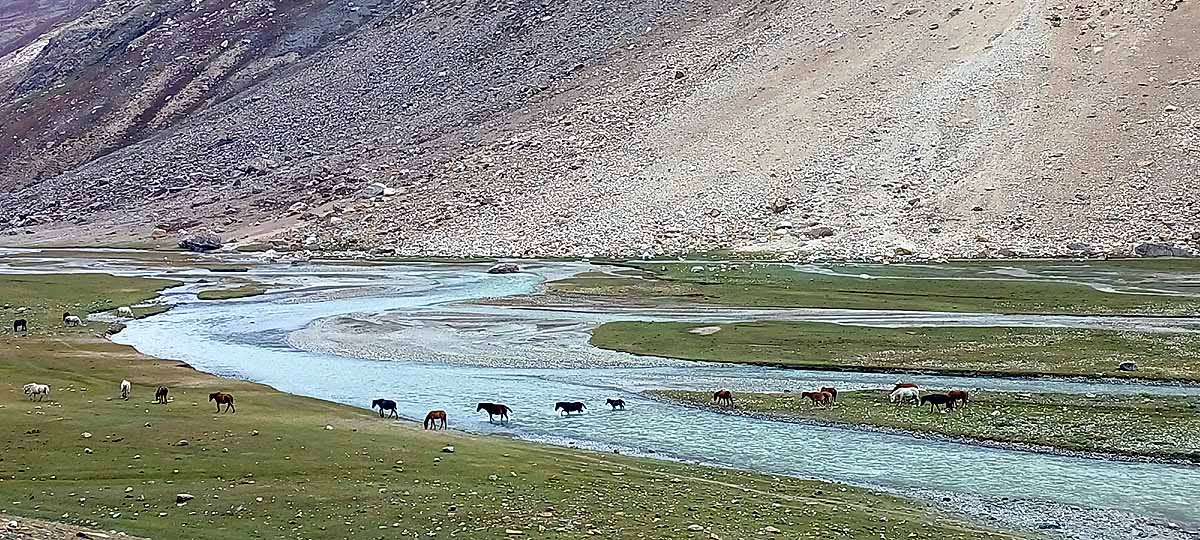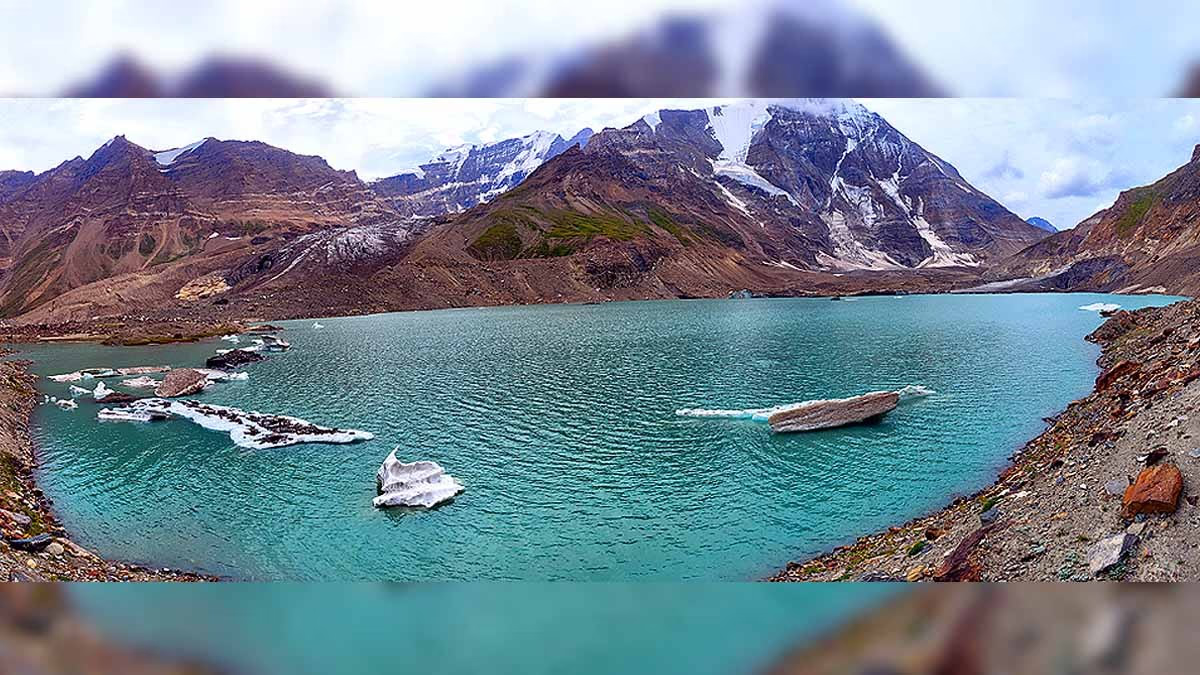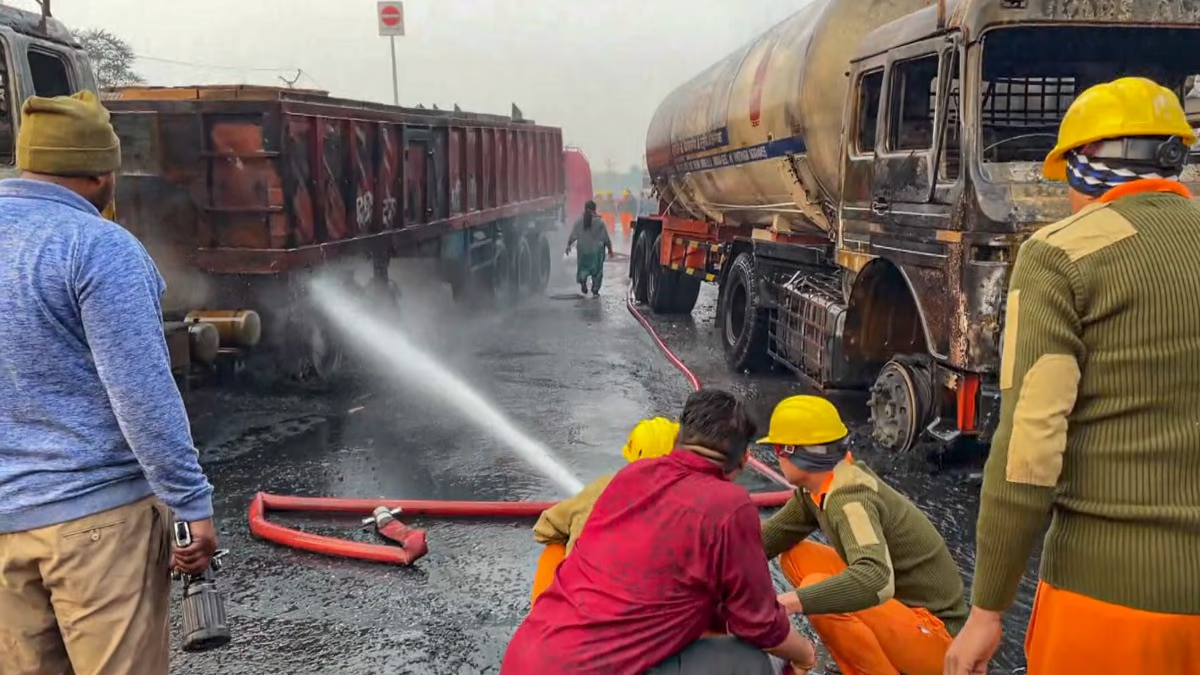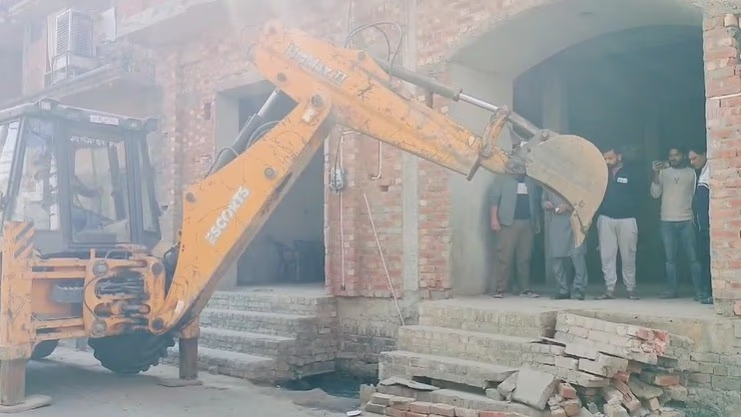The village of Kichur in Kargil is home to the Nagmithong Nala's Kalapari Camp, situated at around 12,800 feet. Between August 20-24, 2024, Assistant Professor Saurabh Vijay from IIT Roorkee, Associate Professor Argha Banerjee from IISER Pune, and research scholar Krishnanand J. were part of a team, joined by seven other scientists, to study the glacier and the resultant glacial lakes. They were supported by the villagers of Panikkhar and their horses.
Saurabh Vijay, Argha Banerjee, and Krishnanand engaged in discussion with
aajtak.in
. Saurabh shared insights about their detailed investigation of the valley's glacier, glacial lake, meltwater, and local climate. The collective study enhanced scientific understanding, prompting the installation of an automatic time-lapse camera system near the Lamo Glacier to observe the glacier and lake throughout the year.
This lake's size has magnified by 25 times over the past three decades, now spanning approximately 500,000 square meters with around 500 crore liters of water, enough to supply Ladakh's needs for six months. Its elevation and expanding size pose a significant risk.
Risk of Lake Burst and Flash Floods
The peril lies in the potential for this lake to trigger a Glacial Lake Outburst Flood (GLOF), similar to the catastrophic events in Kedarnath in 2013, Sikkim in 2023, and a recent incident in Nepal. India's National Disaster Management Authority (NDMA) is identifying such dangerous glacial lakes in the Himalayas.

Source: aajtak
The Treacherous Route Connecting Kashmir and Ladakh
Glaciologist Argha Banerjee noted that while setting up instruments near the lake, they met with shepherds and hikers indulging in adventure, all traversing the Botkol Pass. The pass lies about a hundred meters above the lake.
This passage traditionally used by herdsmen, travelers, and armies to commute between Kashmir and Ladakh, passes through the Lamo Glacier. Krishnanand observed that the route is perilous, with the expanding lake exacerbating the danger.

Source: aajtak
Recent Calamities in Sikkim and Nepal
Last year, a similar glacial lake burst in Sikkim, and a Sherpa village in Nepal faced a disaster, drawing governmental and public attention to this urgent issue. Scientists have long predicted that glacial lake bursts in the Himalayas significantly increase the risk of flash floods.
Possible Causes of GLOF
Potential triggers for GLOF include global warming, landslides, avalanches, or rocks falling from above. Additionally, the lake's expanding weight can lead to a breach in its walls. Therefore, our scientists are diligently identifying such lakes that might pose a threat to lower regions. The team emphasizes the necessity for scientific, academic, and governmental bodies to collaborate with locals, enabling proactive responses to environmental changes and associated dangers.




